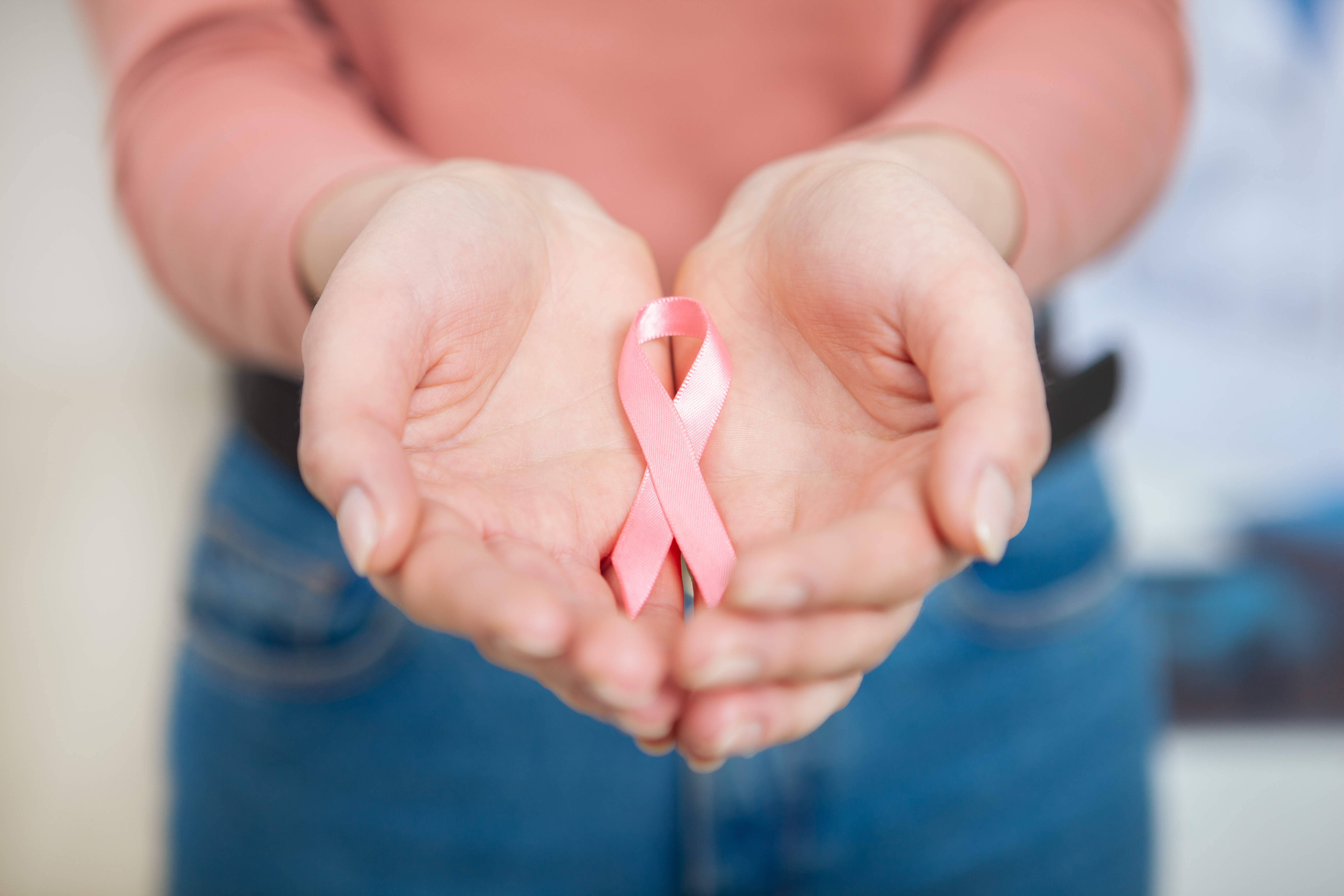Fighting Breast Cancer with 3-D Mammograms
Early detection is the best cure we have for breast cancer. When a cancer is found early, it is more treatable and care is less costly. Even so, about 50% of women do not participate in annual mammograms, largely due to fear and discomfort of mammograms.
Early detection begins with annual breast screening starting at 40 and supplemental care as determined by personalized risk factors. Freeman is committed to empowering clinicians to detect breast cancer at its earliest stage, reduce fear and discomfort, while customizing care based on each patient’s individual risk factors. We provide support across the breast care pathway, including screening, diagnosis, intervention and monitoring.
Your comfort is our top priority. That's why Freeman is the first and only in the region to invest in GE Healthcare’s Senographe Pristina™ Dueta, a 3-D mammography system that enables women to determine the pressure applied for compression, improving women’s experience and delivering better images. This self-compression tool helps give women a sense of control by enabling them to manually adjust the degree of breast compression. Studies have shown patients will apply an extra 30% of pressure when engaged in the acquisition of their mammograms.
Call 417.347.7777 to schedule your mammogram today.
Low dose for diagnostic accuracy
The Senographe Pristina is the ONLY FDA approved 3-D mammography system that delivers at the same low dose as 2D full-field digital mammography, providing the lowest patient dose of all FDA approved systems.
More comfortable mammography experience
Fear of pain is one of the most common reasons why women do not schedule a mammogram. A recent study conducted found that painful exams explain why 25% to 46% of women failed to return for further breast imaging. The Pristina approaches this problem in two ways: by making the paddles that compress the breast more flexible and by putting compression control in the hands of the patient.
When you compress the breast with rigid paddles in a vice, what hurts is not the compression itself but the shearing as parts of your breast move to the left and parts of your breast move to the right. GE has developed a paddle that has flexibility, resulting in much less shearing, while still giving good compression. Additionally, Pristina’s soft armrests replace the more common hand grips, helping women to relax their muscles, easing discomfort and aiding clear image acquisition.
Purpose-Designed to Reshape the Mammography Experience
The Senographe Pristina is humanizing the mammography experience by increasing comfort and reducing patient anxiety. The system's potential to help increase the number of annual screening exams is an important step forward in women's healthcare.
Fast Facts
What is a mammogram?
A mammogram is a low-level x-ray of the breasts.
When should I have a mammogram and how often?
Women age 40 or older should have a mammogram every year. The best time to have a mammogram is one week after your period has started—this is when your breasts will be the least tender.
How long does the procedure take?
The procedure takes about 20 minutes.
How do I prepare for the procedures?
Don't wear deodorant or powder on the breasts or under your arm before having a mammogram. Notify the mammography technologist if you have silicon or saline breast implants, because implants can decrease the amount of breast tissue seen on mammography. The breast positioning and pressure applied may need modification in such cases.
What is the difference between screening and diagnostic mammograms?
A screening mammography is used to look for breast changes in women and men who have no signs of breast cancer. A diagnostic mammogram is given to women or men experiencing unusual breast changes such as lumps, pain, nipple discharge, thickening or changes in the size or shape of the breast.
Is a mammogram painful?
Approximately half of women who have a mammogram experience some discomfort due to the breast compression necessary to obtain a clear picture of the breasts, with the lowest amount of radiation.
Do not be alarmed if, after your mammogram, you notice some temporary discoloration of the skin on one or both breasts. This is the result of the breast compression. Remember, though this may be uncomfortable, it is absolutely essential because it improves the accuracy of the test and reduces the amount of radiation needed to get a clear picture.
Please know, breast compression is not dangerous and does not damage the breast tissue — the discomfort is only temporary.
When will I receive my test results?
A radiologist will review your x-rays and send reports to you and your referring doctor. Your doctor should receive the report within 3-4 business days, and you should receive it in 6-10 business days.






